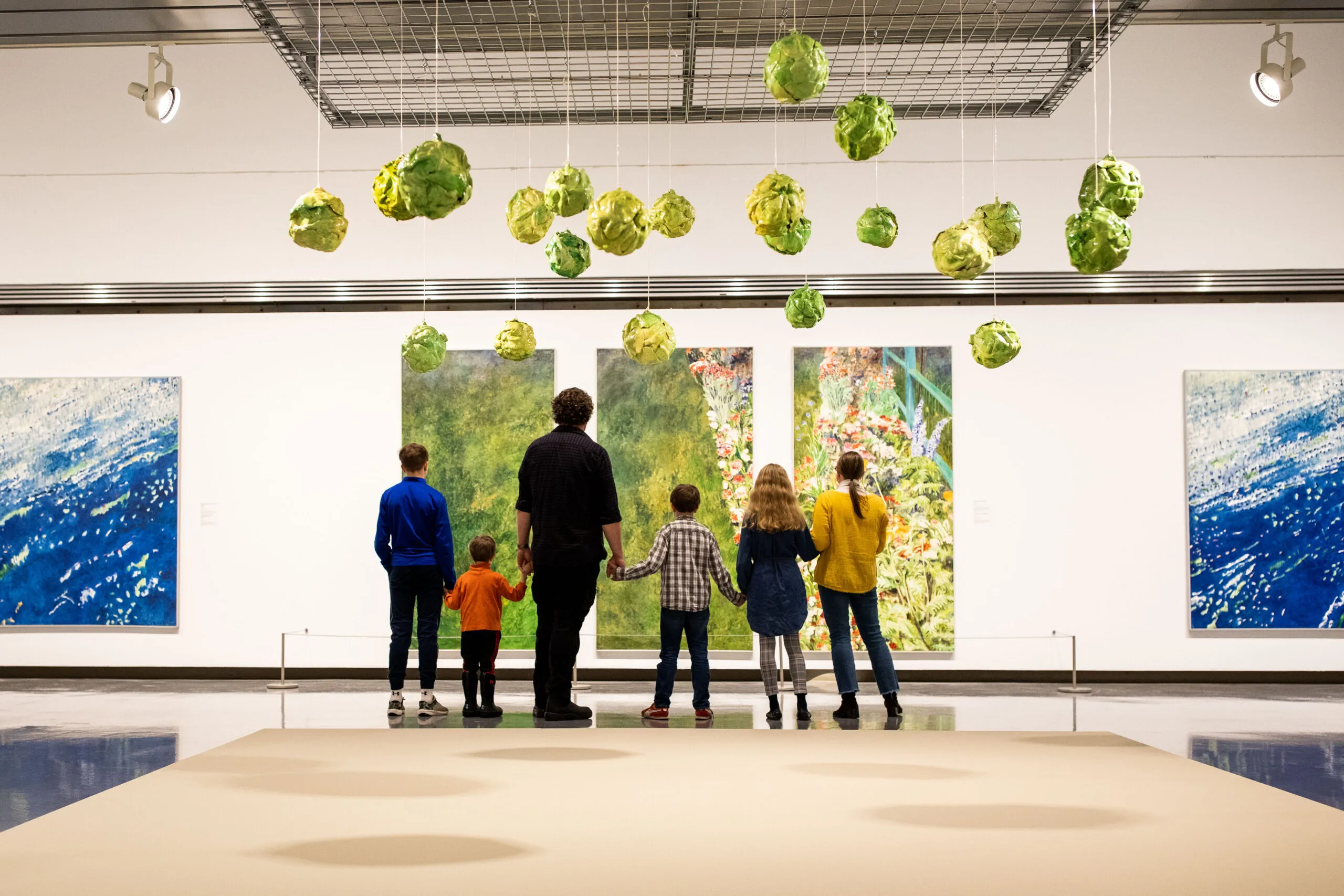For more than 40 years, Bill Vazan has used sculpture and photography to explore the human understanding of geography and cosmology.
For more than 40 years, Bill Vazan has used sculpture and photography to explore the human understanding of geography and cosmology. Diverse investigations such as Canada in Parentheses(1969), Cross Canada Line (1969-1970, reconstructed 1999), World Line (1969-1971), and his Unfolding and Ring works (1980s) comment on our perception and representation of borders, space, time and manmade and natural landmarks. Vazan’s work influenced the 1960s focus on land as subject matter, the use of photography as medium, and conceptualism as an approach.
L.A. Graffiti and Arizona Graffiti were produced in 1983. Each consists of photographs installed in a grid, which together form globe-like images of a location. Here Vazan contrasts documentation of ancient petroglyphs found in the American desert with celebrity messages in the pavement outside Graumann’s Chinese Theatre in Hollywood, a site for modern-day exaltation of icons. To make these and similar works, Vazan took photos of each location at regular intervals, disregarding traditional lighting or positioning. He instead emphasizes the act of making the photographs rather than the content of each shot. The prints are arrayed to create a new type of panorama, presenting visual information about the entire location. Vazan has recorded other landmarks in Ireland, Scotland, Denmark, Egypt, Israel, Jordan and Peru. Bill Vazan, L.A. Graffiti, 1983 (detail), selenium-toned prints, Collection of Museum London, Gift of Mme Louise
